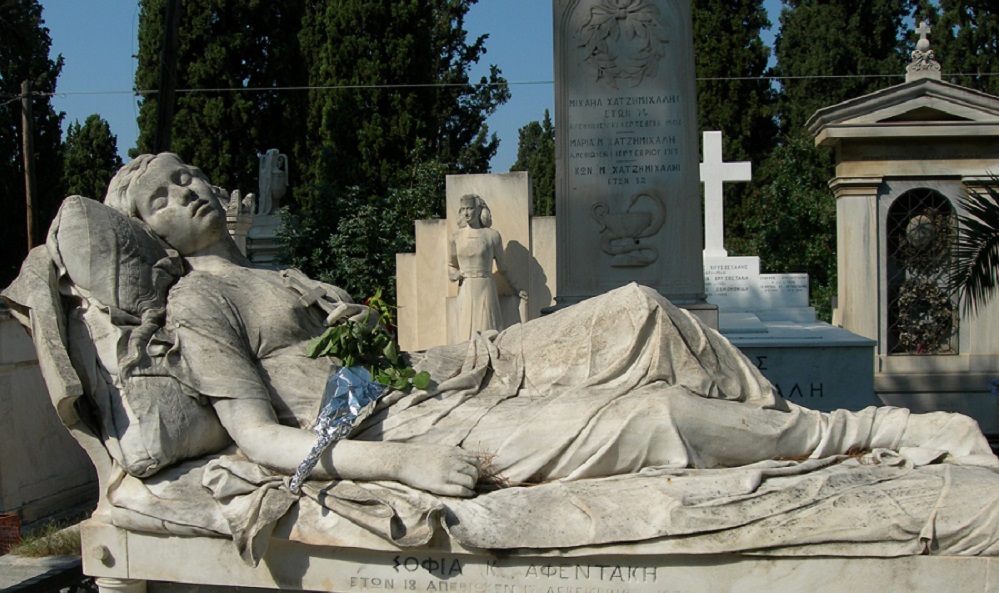
The novel-like life of the great Greek sculptor through an exhibition that spans his entire life. The splendor of his art, his troubles as well as his brighter moments are exhibited, through works displayed for the first time.
The Teloglion Arts Foundation, Aristotle University of Thessaloniki, is very pleased to announce the new exhibition entitled: “Yanoulis Halepas: DUNAI and LAVINE (ΤΟ GIVE AND TO RECEIVE)”, in co-production with Onassis Culture. The opening will take place on Friday, February 18, 2022, at the Foundation’s amphitheatre.
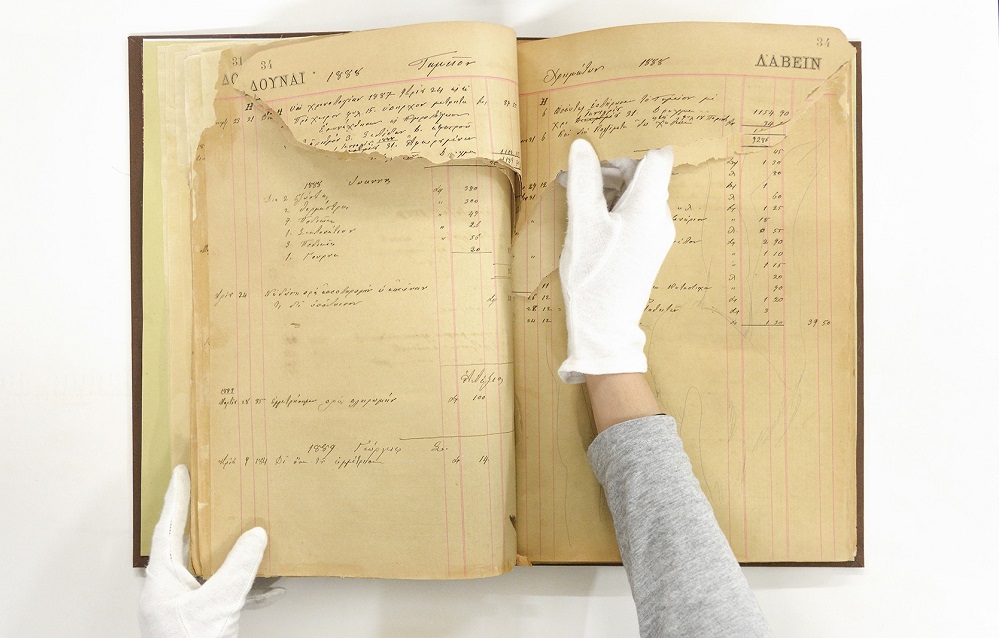
The starting point for this major exhibition on Yiannoulis Halepas is the recent acquisition of a large set of sculptures and drawings by the Onassis Foundation. It is part of the important collection of Irini and Vassiliou Chalepas, the artist’s nephews, who in August 1930 brought him from Tinos to Athens, where he created more than 40 works and many drawings in the last eight years of his life (he died on 15 September 1938). This was the most important collection on the work and life of Chalepas, since it preserved important works from the first, second and, above all, third periods of his artistic production.
The exhibition will present more than 150 works (sculptures, drawings, registers). 80 of them belong to the Onassis Foundation Collection, while the rest are from the Collection of Works of Art of Telloglio, the National Gallery Alexandros Soutsos Museum, the Foundation of Tinian Culture (ITIP) of Tinos and the Museum of Giannoulis Halepas Tower of Tinos, as well as from private collections.
The work of Halepas is divided into three periods: The first period, 1870-1878, covers his youth until the onset of his illness. The second period, 1902-1930, covers the years he lived and worked in Tinos after his return from the Corfu Psychiatric Hospital. The third period coincides with the time he lived and worked in Athens, i.e. the years 1930-1938.
The exhibition emphasizes themes that Yiannoulis chose to work on throughout his life: the exhibition presents together the Medes (one from each period), ten of the 12 Satyrs and Eros, the Tale of the Beauty, etc. Emblematic of the Athenian period is the sculpture Oedipus and Antigone. Exceptional funerary, double-sided works, works in relation to antiquity, portraits and subjects with types of everyday life, complete a renewed insightful survey of his work. His early works in Bucharest, as well as the artist’s life in Tinos and Athens, are brought to life with rare archival photographic material.
In the present exhibition, for the first time, all the surviving catalogues are presented to the public together, with references and connections – where they exist – to works included in the exhibition and beyond. They refer to his father’s workshop and his collaboration with other sculptors (Dimitrios Filippotis-Theristis in marble, also in the Onassis Foundation’s collection), to tombstones in Bucharest of the first period, etc. From their pages comes the title DUNAI-LAVEIN (TO GIVE AND RECEIVE), which matches the production process in Giannoulis’ sculpture (models, influences, new creations).
The DUNAI and LAVEIN on the pages of the catalogues perfectly express the give-and-receive of forms, themes, commissions and their consequences within the work of Halepas and his father’s workshop: exchanges (loans, references) with sculptors, contemporary or past, that influence his choices, his work, his artistic creation. “Whoever takes gives and whoever gives receives”, Dimitris Maronitis wisely formulates “the productive value that the method of reciprocity has in the artistic field”.
“Throughout Yiannoulis’s work, the ‘two-way’ give-and-receive, according to the DUNAI and LABEIN in his father’s business account books, seems to inevitably determine the process of his creative course, demonstrating the power of reciprocity in the artistic field. “Receiving”, i.e. loans, references, influences from works from his father’s studio or other collaborating artists (e.g. references to Filippotis’s Woodcutter or the Callibus relief), or from works of antiquity (bust of Demetrius Poliorcetes, small head of a daughter from an Attic tomb, Aphrodite of Argos, etc.), on which he often bases his own, new creation. But also “Dounai” (GIVE), i.e., new creations and productions of his own, in his father’s workshop, such as the Sleeping Beauty, the Satyr and Eros, the statue of a daughter (Tower of Tinos), the tomb of the V. Fotiou family and their significance for Angelos in Bucharest, Angelos in Leonidio, etc. Also, self-references to works of the first period, but also, later in Athens, returns to themes of Tinos highlight – despite all the limitations imposed by the external difficult conditions of his life – an intense creativity with exuberant rhythms, especially in the last years of maturity, without any expediency, external compromises in fashions, modernisms or styles. In his work, the inner processes of freedom of choice and expression that characterize genuine creativity in art seem to be condensed in his work”, says Alexandra Goulaki-Voutyra, General Director of the Telloglio, in her text.
“The exhibition ‘Give and Receive’ highlights the exchanges between forms and motifs in Halepa’s work. The loans and references to sculptors contemporary to him or from earlier times. It is this subversive power of reciprocity that the Onassis Foundation embraces. The creation of each individual, even when it clashes with the rules set by others. An account of the world, outside of molds, without certainties, but with faith in personal passion. Halepas reminds us that many can craft, but only few create,” says Antonis S. Papadimitriou, President of the Onassis Foundation, in the text of the catalogue.
The exhibition is accompanied by a bilingual publication that will be available at the Teloglio, the Onassis Foundation’s Onassis Cultural Centre and in bookstores, produced by the Onassis Foundation’s Publications Department and designed by Grid Office.
In the parallel events of the exhibition, theatrical and musical performances, lectures, guided tours and educational programmes will take place, always in strict compliance with the measures adopted by the state to deal with the pandemic.
Scientific editing of the exhibition and bilingual publication/catalogue: Alexandra Goulaki-Voutyra, General Director of the Telloglio Foundation for the Arts of the Aristotle University of Thessaloniki, Emeritus Professor of the School of Fine Arts of the Aristotle University of Thessaloniki.
Exhibition Design: Pavlos Thanopoulos, set designer.
Duration of the exhibition until Sunday 5 June 2022.
opening hours :Tuesday, Thursday, Friday 9.00-14.00, Wednesday 9.00-14.00 & 17.00-21.00, Saturday and Sunday 10.00-18.00, Monday closed.
Tel. Reception of the Foundation: 2310247111
To enter the premises, it is necessary to show a vaccination certificate or a certificate of disease issued thirty (30) days after the first positive test and valid for up to ninety (90) days after the first positive test, together with your identity card or driving licence or passport or other proof of identity in order to carry out an identity check. The use of a mask is compulsory in all areas of the Foundation.
Minor visitors from four (4) to seventeen (17) years of age may alternatively present a negative self-test, which is carried out up to twenty-four (24) hours before entering the premises.

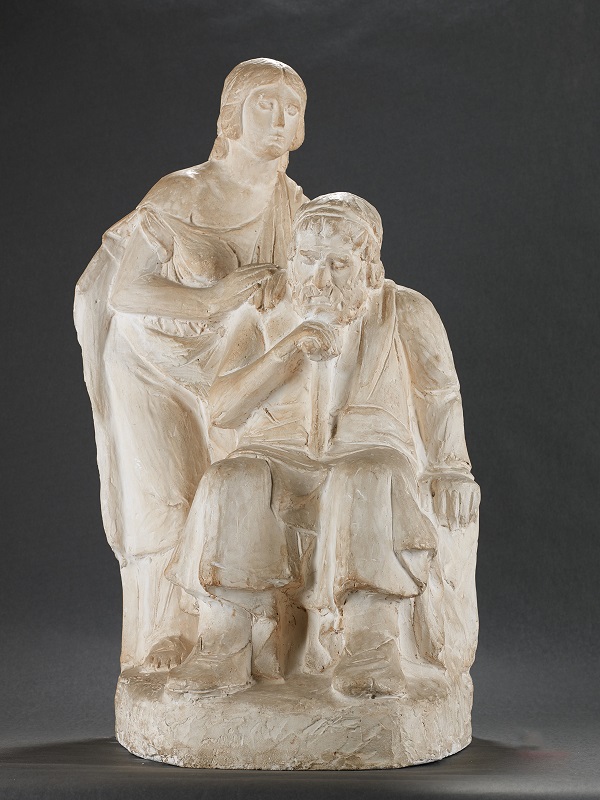
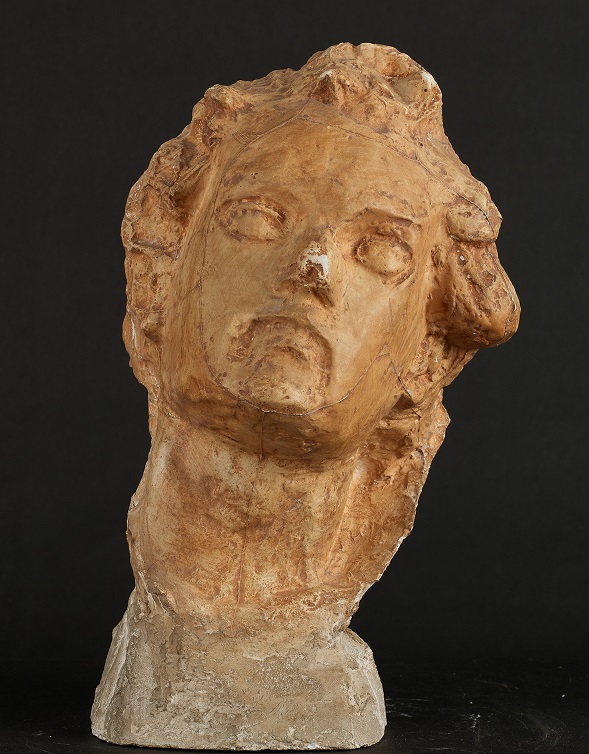
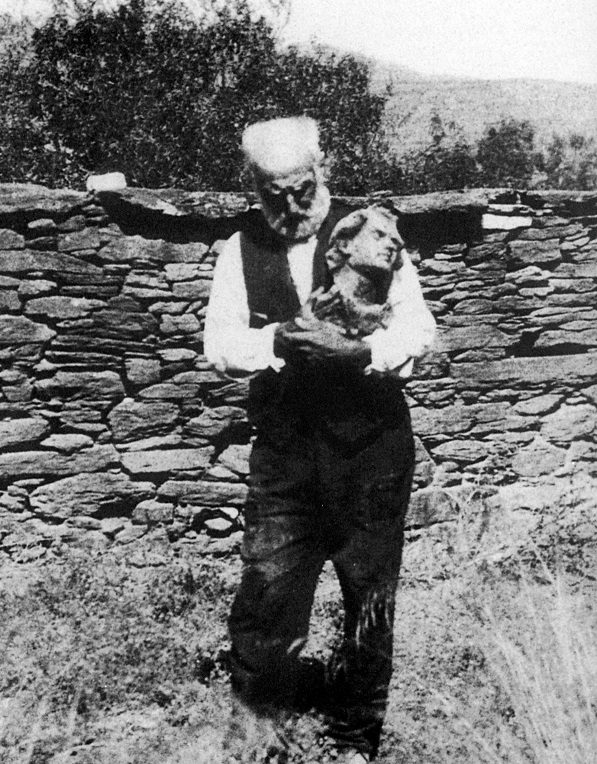
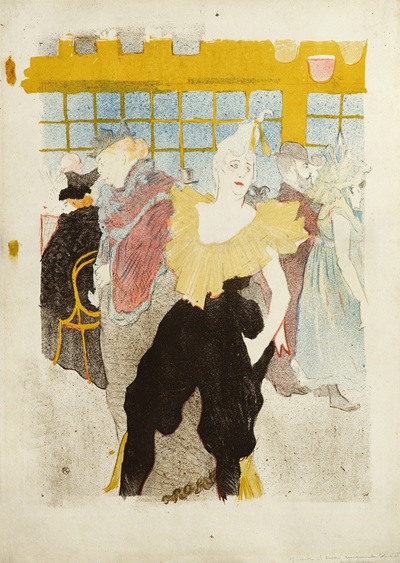
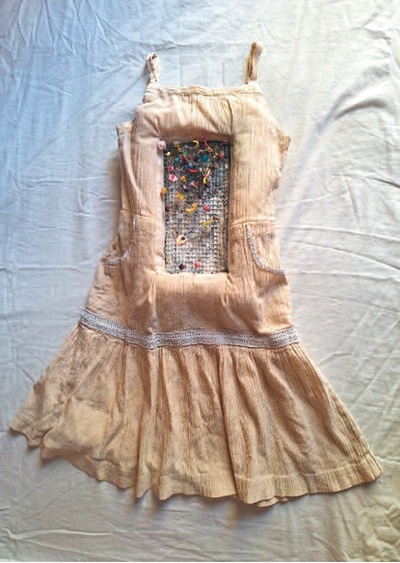

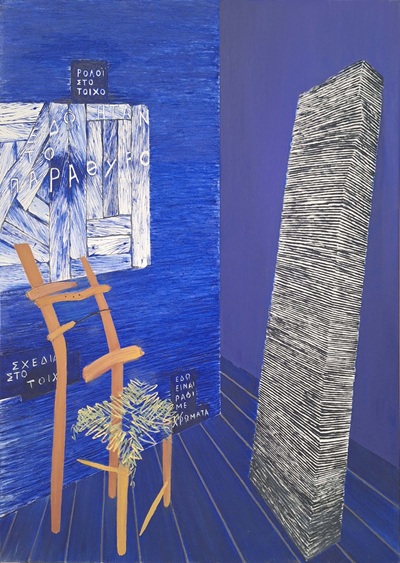


Leave A Comment